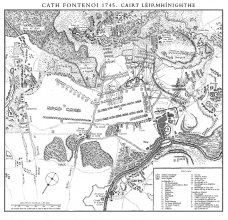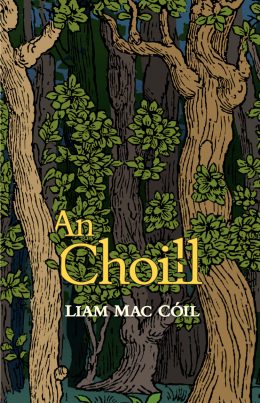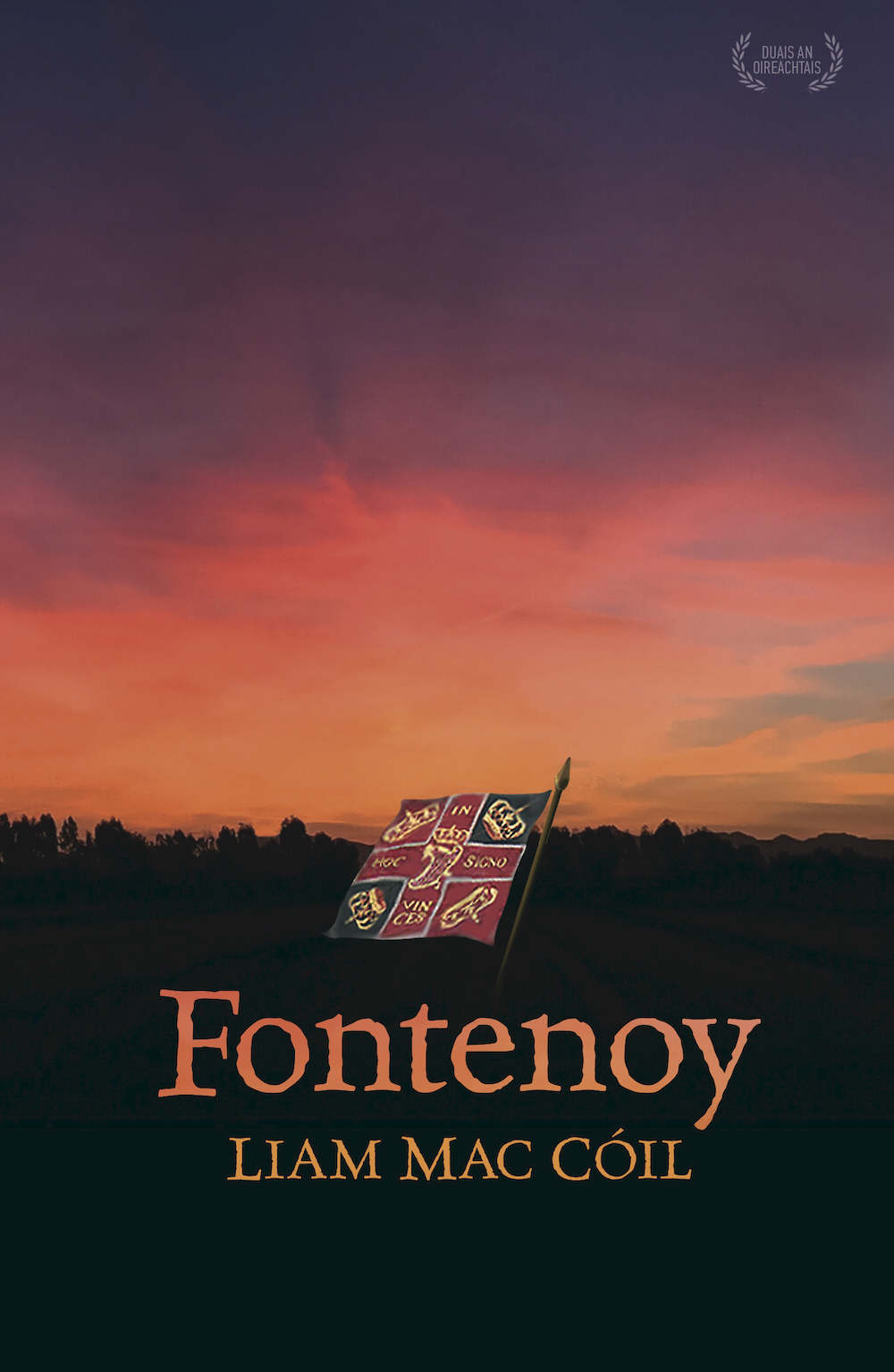Your cart is currently empty!
Fontenoy
€18.00
Fontenoy:192 pages; paperback; ISBN 978-1-913814-23-6
This book is available on Kindle
Winner of Gradam Uí Shúilleabháin 2006
In the archives of the French town of Chartres some printed pages from the 18th Century were discovered, and a reference to the mysterious author of these printers’ proofs, Captain Seán Ó Raghallaigh. Set in and around the battle of Fontenoy 1745, Liam Mac Cóil’s masterful novel explores the writing of history, and the points of view of the writer.
Fontenoy was awarded the Gradam Uí Shúilleabháin ‘Book of the Year’ in 2006 and is now in its third edition.
“THE 10 BEST BOOKS SINCE THE TURN OF THE CENTURY” — Comhar
“Fontenoy initially appears a straightforward work, comprising Captain Seán Ó Raghallaigh’s first-hand recollections of the 1745 battle between the victorious French, including Ó Raghallaigh’s Irish Brigade, and the British and their allies. The Irishman had originally narrated his testimony to a French scribe. However, the latter, none other than Voltaire, is less interested in recording accurately Ó Raghallaigh’s experiences than in producing a version that serves his own agenda. Ó Raghallaigh prepares another account, one subsequently ‘improved’ by a contemporay editor correcting limitations in the text. Consequently, Fontenoy becomes a postmodernisrt exploration of history and hisoriograhy, their accuiracy, their lacunae, their ownership, and their use and misuuse. Amongst the strengths anof this multi-layered novel are Mac Cóil’s weaving togetrher of the competing versions of the narrative and his recreation of eighteenth century Irish in Ó Raghallaigh’s vivid descrition of a bloody battle and its horrific aftermath.” Padraig Ó Siadhail, in Liam Harte, The Oxford Handbook of Modern Irish Fiction.
“The recreation of the world of the Irish soldiers of 250 years ago in their own language is a work of artistry of the first order. There is no other novelist in Irish today who writes with the same care, precision and clarity. The novel is a pleasure to read, and is a work of art.” —Alan Titley, The Irish Times
“One of the finest and most powerful novels I have read in a long time. ” —Breandán Ó Cróinín, The Limerick Leader

You may also like…
-

Múinídh dom Glao
Michelle O Riordan€15.00The author is widely recognised as an authority on the poetry of the bards from Early Irish literature to the present day, and in particular for her research...
Add to cart -

An Cléireach
Darach Ó Scolaí€12.00An Cléireach: Set in mid-17th century Ireland and Continental Europe, the narrative in An Cléireach is triggered by a single event that takes place during the Cromwellian invasion of...
Add to cart -

An Choill
Liam Mac Cóil€16.00An Choill: A knight awakes in the middle of the woods, like a child, without any memory, and not knowing where he is. Step by step, he explores...
Add to cart -

An Litir
Liam Mac Cóil€15.00Galway, Spring 1612. The Atlantic port of Galway has become a hotbed of conspiracy and intrigue against English rule in Ireland. In this thrilling 17th century swashbuckler, Lucás,...
Add to cart

